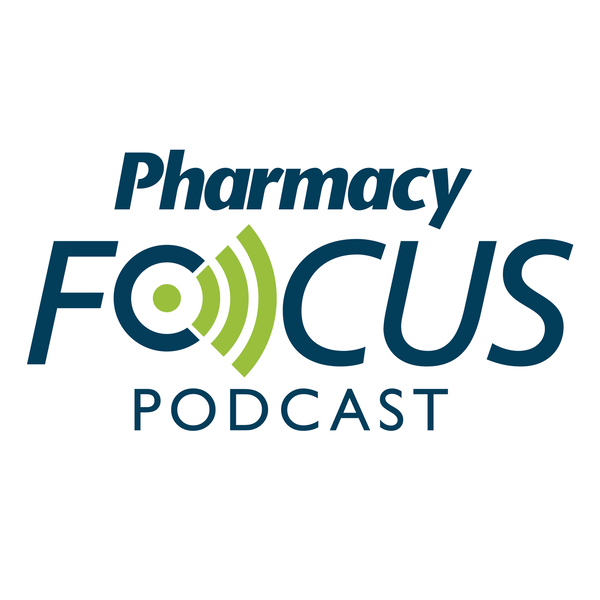Article
Tip of the Week: Billing Strategies for Pharmacist Services
Author(s):
One of the primary means of performing billable services is through ‘incident-to’ billing.
Some pharmacists will find themselves working in an ambulatory clinic or other setting that provides an opportunity to bill payers (namely, Medicare carriers) directly for services provided. The clinical pharmacist to some extent serves as their own manager; however, they also will be managed by someone else, such as those helping generate revenue for a prescriber’s practice.
One of the primary means of performing billable services is through ‘incident-to’ billing, where the pharmacist provides services incident to, or in support of the physician, such as follow-up education, lifestyle management, and medication therapy management. While it’s a nice opportunity for pharmacists, incident-to billing (‘99211 billing’ named after its approved Current Procedural Technology (CPT) code) is for relatively small amounts of money, and can result in considerable administrative overhead costs for the billing provider.
There are a number of misconceptions about incident-to billings, according to a report in the Journal of Managed Care & Specialty Pharmacy. First, while 99211 is most common, there are higher ‘levels’ of billing for pharmacist services, specifically 99213 and 99214 codes, representing more intense services that can be billed at much higher rates. The current rates for these codes are approximately $22 for 99211 services, yet as much as $110 for 99214. A break-even analysis suggests that 99211 billing requires seeing 122 patients per week to break even on pharmacist services, whereas 99214 billing would require seeing only 26 patients per week.
With incident-to billing, the pharmacist must provide services under the supervision of a physician, and the pharmacist services must be appropriately documented. Because the physician is the billing provider, they will receive the associated work relative value unit (wRVU) credit for the visit. This is incentive for some physicians to collaborate with pharmacists under this type of model, since in most settings, physician bonuses are tied to wRVU targets, and collaboration would increase the wRVUs generated by the physician.
Physician liability may also be reduced by working collaboratively with a medication expert to ensure that therapeutic treatment regimens are used safely and are monitored appropriately. Collaborative practice arrangements (CPAs) are usually advisable, and their nature or structure will be defined to some extent by state practice laws. CPAs may reduce the likelihood the physician will have to provide immediate supervision, or be literally in the same room as the pharmacist when that pharmacist is providing the service. These arrangements might also make it easier to bill for higher-level services.
Clinical pharmacists must be savvy managers, understanding the costs for their time, the administrative overhead required for their oversight, and adjudication of payment for their services. They must also be creative and research ways to work with physicians and office managers to identify ways in which to perform and bill for higher level services that create a win-win with the billing provider.
Additional information about medication therapy management and management functions can be found in Pharmacy Management: Essentials for All Practice Settings, 5e. You or your institution can subscribe to AccessPharmacy to access the textbook.
Shane P. Desselle, RPh, PhD, FAPhA, is Professor of Social/Behavioral Pharmacy at Touro University California. He is author of Chapter 1: The “Management” in Medication Therapy Management and Management Functions in the textbook Pharmacy Management: Essentials for All Practice Settings, 5e.
REFERENCE
Dietrich E, Gums JG. Incident-to billing for pharmacists. J Manage Car Spec Pharm. 2018;24:1273-1276.






